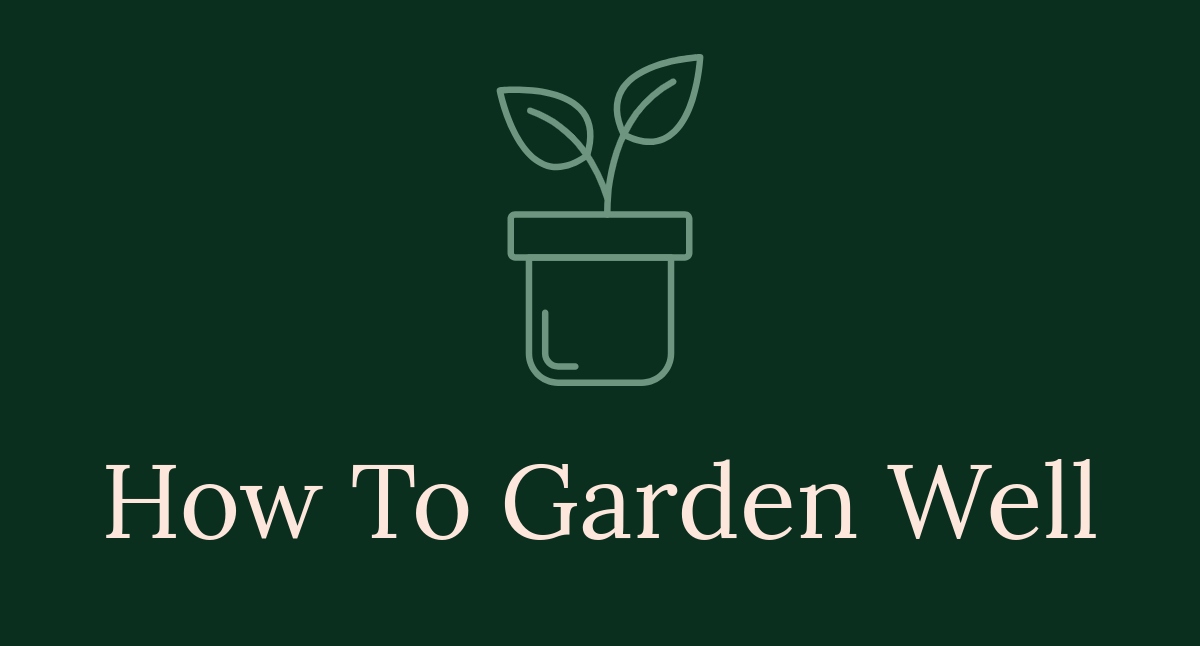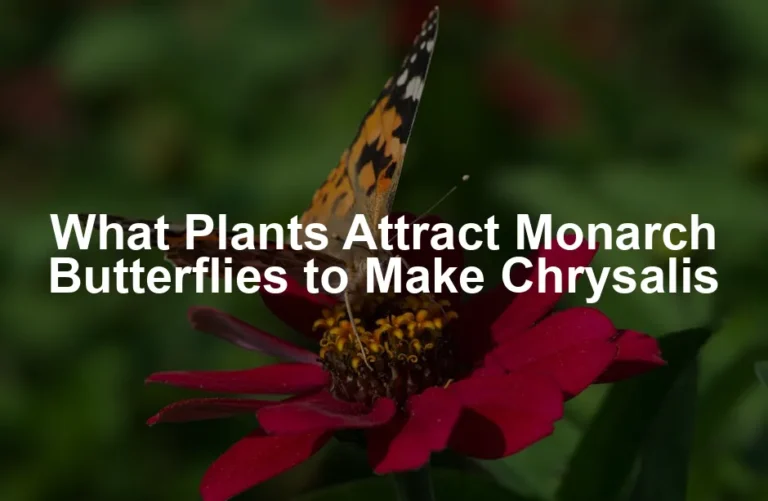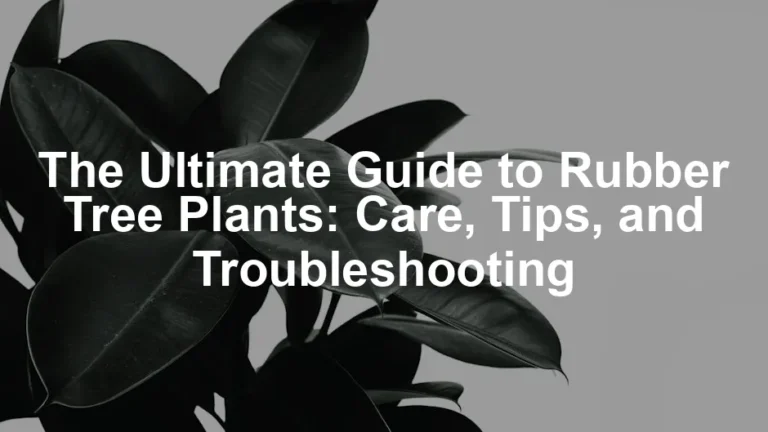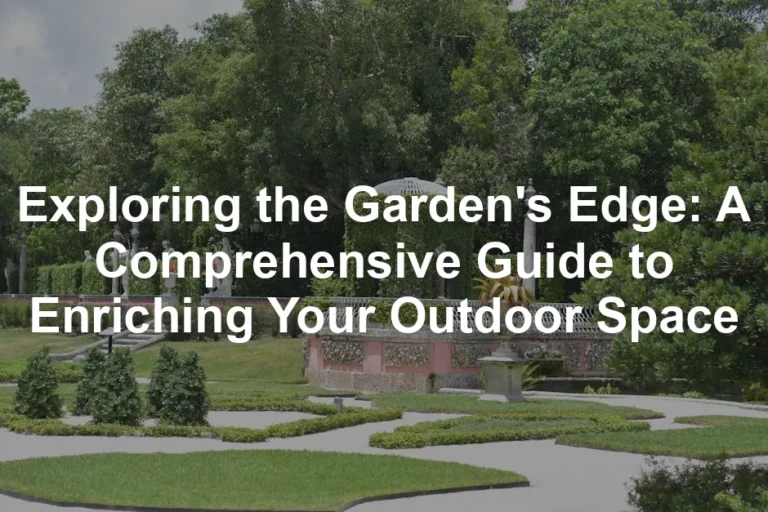
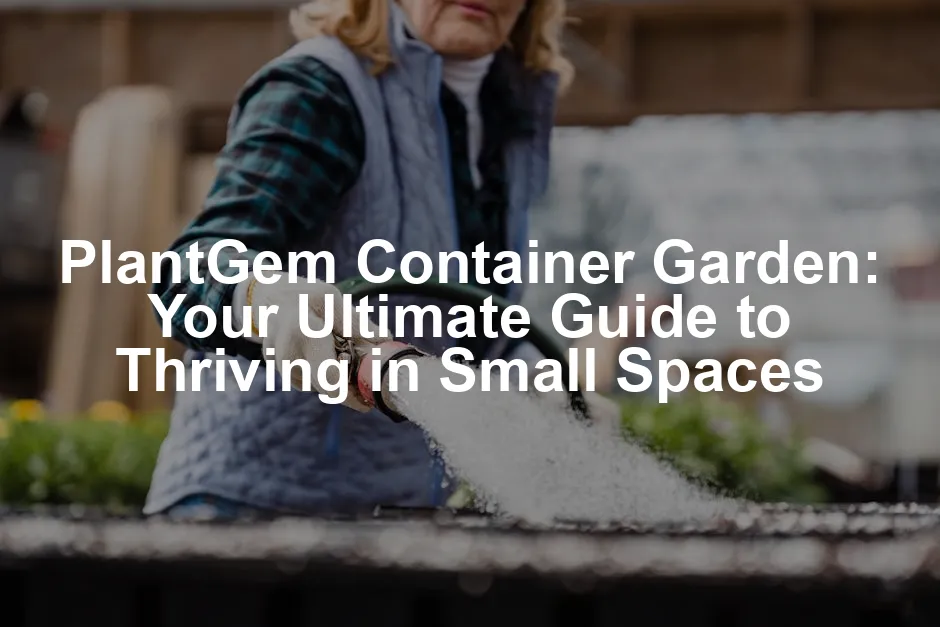
PlantGem Container Garden: Your Ultimate Guide to Thriving in Small Spaces
Introduction
Are you an urban dweller dreaming of a garden? Container gardening is your answer! This trend is rapidly gaining popularity, especially among city folks. It allows you to grow plants in small spaces like balconies or patios.
With PlantGem’s curated selections, you can create a vibrant container garden easily. Our plants are handpicked for container success. This guide will share tips, insights, and plant recommendations to help you thrive.

Summary and Overview
A PlantGem container garden is a creative way to bring nature into urban living. It includes a variety of plants, from colorful flowers to fresh herbs and vegetables. This versatility makes it perfect for any space, big or small.
PlantGem offers a diverse selection of plants suited for container gardening. You can choose from fragrant herbs, vibrant blooms, or even compact vegetables. These options allow for endless creativity and personalization.
One of the main benefits of a container garden is space efficiency. You can maximize your limited area while enjoying greenery. Plus, they look great and add charm to your living space.
Another advantage is the ease of maintenance. Container gardens require minimal upkeep, making them ideal for busy lifestyles. They adapt well to various living situations, whether you have a sunny balcony or a shaded nook.
As we move forward, expect detailed sections on choosing plants, soil needs, and more. Container gardening is not just a hobby; it’s a joyful experience that brings life to your surroundings.
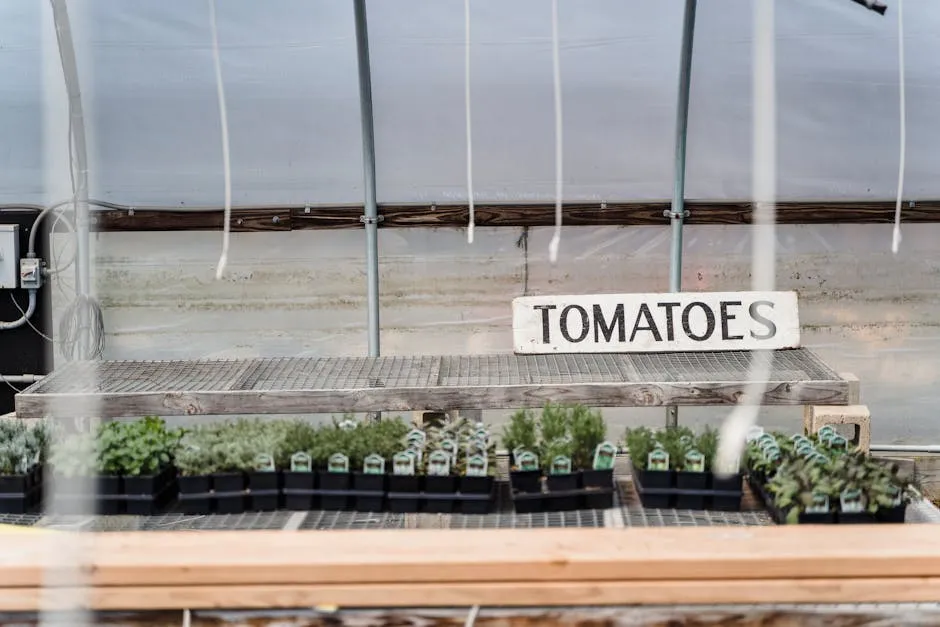
Choosing the Right Container
Importance of Container Selection
Choosing the right container is crucial for your plants’ growth and overall aesthetics. The container affects moisture retention, drainage, and even the visual appeal of your garden.
There are several types of containers available. Plastic pots are lightweight and affordable, making them a popular choice. Terracotta pots offer a classic look and allow for good airflow. Ceramic containers come in various designs and colors, adding a touch of style.
Size matters too! A larger pot holds more soil, retaining moisture better. Smaller pots dry out quickly, so it’s essential to match the container size to your plants. Ensure each container has drainage holes to prevent waterlogging.
Aesthetics also play a vital role. Your container should reflect your personal style and complement your space. Whether you prefer rustic, modern, or colorful designs, PlantGem has something for everyone.
Did you know that container gardening is on the rise among urban populations? More people are embracing this method as a way to enjoy gardening in limited spaces. For more insights on this topic, check out how to implement permaculture principles in urban gardening.
Container gardening is becoming increasingly popular in urban areas, making it essential to understand its principles. Learn more about permaculture in urban gardening.
To kick off your container gardening journey, explore PlantGem’s fantastic selection of containers that suit your style and needs. Happy gardening!
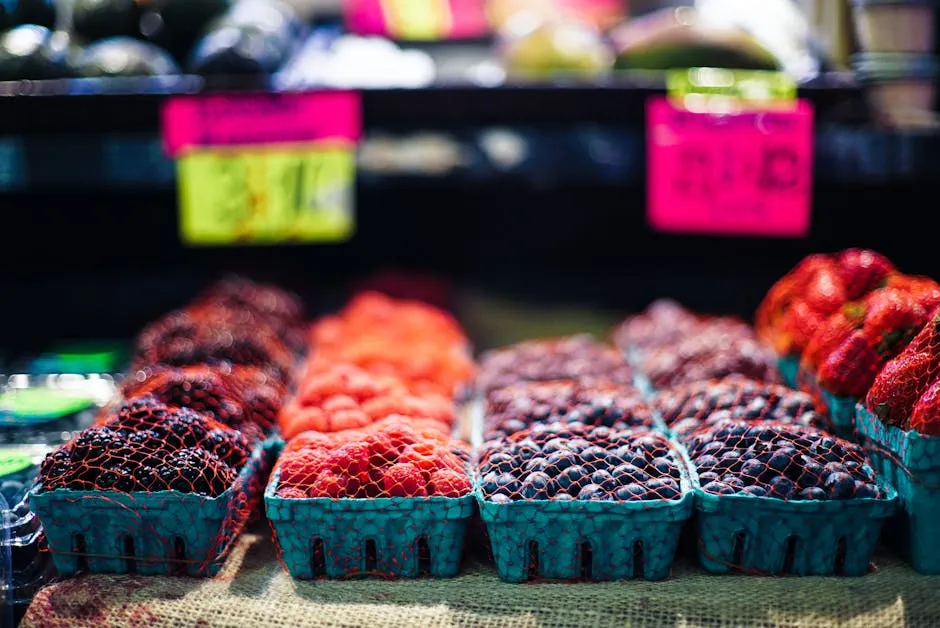
Selecting the Best Plants for Container Gardens
Ideal Plants for Various Conditions
Choosing the right plants for your container garden can make all the difference. Whether your space is bathed in sunlight or tucked away in shade, PlantGem has options for you!
For sunny spots, consider vibrant flowers like Ptilotus and Moonstone Asters. These beauties thrive in warm conditions and can add stunning color to your garden. If you’re after vegetables, tomatoes and pepper plants are perfect. They love the sun and will reward you with bountiful harvests.
On the other hand, if you have a shadier area, there are still plenty of options. Ferns add a lush, green touch, while Violas bring delightful color to your containers. You might also try Delft Blue Love-in-a-Mist, which is easy to grow and looks enchanting.
Seasonal changes affect plant growth habits too. In spring, opt for fast-growing annuals like zinnias or marigolds. As summer approaches, switch to heat-tolerant herbs such as basil and oregano. For fall, consider planting cool-weather crops like lettuce or kale. For more information on suitable fertilizers, refer to best organic fertilizers for vegetable gardening in limited spaces 2024.
Choosing the right plants is crucial for a successful container garden. Discover the best organic fertilizers for your plants.
Companion planting can enhance your garden’s health. For example, pairing tomatoes with basil not only saves space but also boosts flavor. Likewise, planting marigolds near vegetables can deter pests naturally.
Ready to find the perfect plants for your container garden? Check out PlantGem’s curated plant collections for more options!

Soil and Fertilization Needs
Best Practices for Soil and Nutrients
Quality soil is the backbone of a thriving container garden. Using the right potting mix can significantly impact plant growth. Studies show that plants in high-quality soil yield better results.
When choosing potting soil, organic mixes are often preferred. They provide essential nutrients and improve drainage. Synthetic options are available too, but they may not offer the same benefits. Always avoid using garden soil; it can be too heavy and may harbor pests.
Different plants have unique nutrient needs. For instance, flowering plants often require more phosphorus, while leafy greens thrive on nitrogen. Understanding these requirements will help you choose the right fertilizers.
Fertilizing your containers is essential. Start with a slow-release organic fertilizer at planting time. As the growing season progresses, consider using liquid fertilizers every few weeks. This ensures your plants receive ongoing nutrients, promoting healthy growth and abundant yields.
To keep your container garden flourishing, consider using PlantGem’s soil and fertilizer products. They’re designed to give your plants the best start possible!
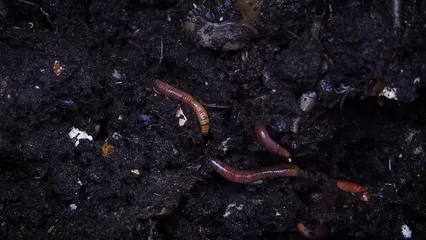
Watering Techniques
Proper Watering for Container Gardens
Watering is vital for the health of your container garden. Unlike traditional gardens, container plants often require more frequent watering. This is due to their limited soil volume and increased exposure to sunlight and wind.
Overwatering can lead to root rot, while underwatering causes wilting. Watch for yellowing leaves or a mushy texture, indicating overwatering. Conversely, dry soil and drooping leaves signal that your plants are thirsty.
Consider drip irrigation systems or self-watering containers. These options help maintain consistent moisture levels, making your life easier. Self-watering pots, for instance, have reservoirs that supply water gradually. For a comprehensive guide on this topic, visit building a DIY drip irrigation system.
Maintaining proper watering techniques is essential for container gardens. Learn how to build a DIY drip irrigation system.
Adjust your watering schedule with the seasons. During hot summer months, container plants may need daily watering. In cooler months, reduce frequency as evaporation decreases.
On average, container plants need about one inch of water per week, but this varies by species. Herbs typically require less, while flowering plants may need more.
For detailed watering solutions, check out the options available at PlantGem. Your plants will thank you!
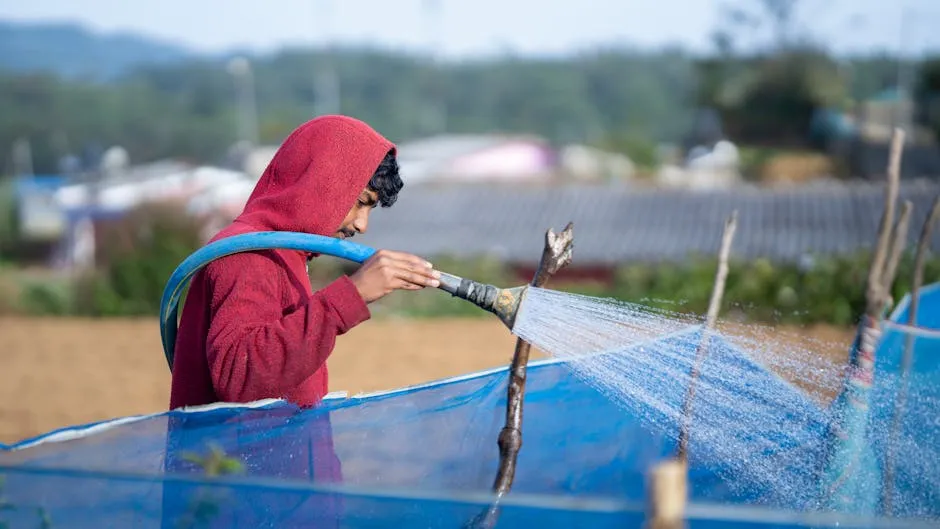
Design Principles for Container Gardens
Aesthetic Arrangement in Container Gardening
Creating beautiful container gardens involves more than just planting flowers. It’s an art form that can transform your space. One popular approach is the “Thriller, Filler, Spiller” concept.
Thrillers are tall plants that provide height, like ornamental grasses or spiky flowers. Fillers are bushy plants that create fullness, such as marigolds or petunias. Lastly, spillers drape over the edge, like trailing ivy or sweet potato vine. This combination adds depth and interest to your arrangements.
Consider color theory when selecting plants. Complementary colors create a stunning visual effect, while analogous colors offer a serene look. Mixing textures also enhances appeal; combine smooth leaves with feathery or spiky foliage for contrast.
Height is another essential aspect. Varying plant heights adds dimension to your containers. Taller plants at the back or center create a layered effect, while shorter ones fill in the front.
Don’t forget about seasonal plants! Choose flowers that bloom at different times for continuous color. For design inspiration, visit the PlantGem blog. You’ll find plenty of tips to ignite your creativity!
Seasonal Care and Maintenance
Tips for Year-Round Container Gardening
Keeping your container garden thriving year-round requires attention and care. Let’s look at essential seasonal adjustments and maintenance tasks.
As winter approaches, winterizing your container garden is crucial. Consider moving fragile plants indoors or wrapping pots with insulating materials. This protects roots from freezing temperatures. Additionally, you can mulch around plants to retain warmth and moisture.
Adjust your planting schedule with the seasons. Spring is perfect for vibrant annuals and herbs. In summer, focus on heat-loving plants like tomatoes and peppers. Fall brings an opportunity for cool-weather crops, such as kale and lettuce. For seasonal maintenance tips, refer to seasonal maintenance tips for self-watering container gardens in fall 2024.
Proper seasonal care is key to maintaining your container garden. Explore seasonal maintenance tips for your self-watering container gardens.
Pest management is essential for plant health. Regularly inspect your plants for signs of pests. Early detection is key! Use organic pest control methods to prevent infestations. Furthermore, maintaining proper spacing between plants promotes air circulation, reducing the risk of diseases.
Did you know that regular maintenance can significantly increase your plants’ lifespan and yield? By staying proactive, you’re setting your garden up for success. For ongoing gardening tips, consider subscribing to PlantGem. Your container garden will thank you!

Troubleshooting Common Issues
Handling Challenges in Container Gardening
Container gardening can come with its own set of challenges. Knowing how to handle common problems can keep your plants healthy.
Identifying pests and diseases early is vital. Look for unusual spots or discoloration on leaves. If you notice pests like aphids or spider mites, treat them promptly with organic solutions.
Adjusting light and water is essential for optimal growth. If plants appear leggy, they might need more sunlight. Conversely, yellowing leaves can indicate overwatering. Always check the soil moisture before watering.
Container size matters too! Plants can become root-bound if their containers are too small. If roots are circling the pot, it’s time to transplant into a larger container. This will allow for healthier growth and development.
Don’t hesitate to reach out to PlantGem’s customer service for any gardening advice. We’re here to help you tackle gardening challenges and ensure your plants thrive!

Conclusion
Starting a PlantGem container garden has many benefits. You can enjoy fresh herbs, vibrant flowers, and even vegetables right at home. Container gardening is not only space-efficient, but it’s also a delightful way to enhance your living area.
Anyone can embark on this gardening adventure! Whether you have a sunny balcony or a cozy patio, you can create a lush oasis. The resources from PlantGem make it easy to get started. So why wait? Grab your containers and plants, and let’s bring some greenery into your life!
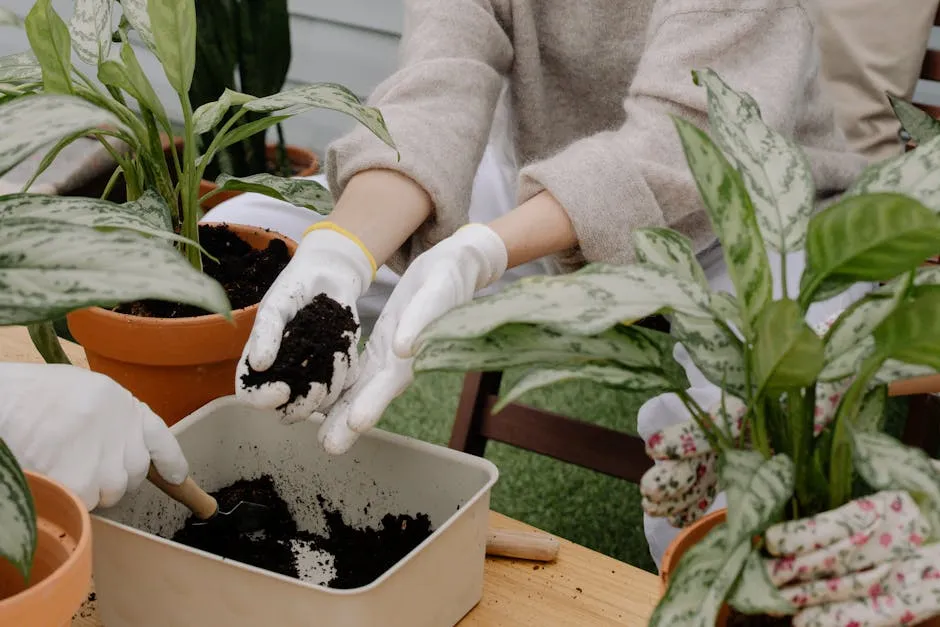
For a complete gardening experience, consider using gardening gloves to protect your hands while you dig in the dirt! And don’t forget a garden trowel for all your planting needs.
What plants are best for a PlantGem container garden?
For sunny spots, consider tomatoes, petunias, and oregano. If you have shade, ferns, violas, and Delft Blue Love-in-a-Mist thrive wonderfully. Mix and match based on your light conditions!
How often should I water my container garden?
Watering frequency depends on the plants and weather. Generally, check moisture levels daily. During hot months, you may need to water more often, while cooler seasons require less.
Can I grow vegetables in containers?
Absolutely! Great options include pepper, zucchini, and lettuce. Choose compact varieties for best results.
What type of soil should I use for my container garden?
Use a high-quality potting mix, preferably organic. Brands like PlantGem offer excellent options that ensure good drainage and nutrient retention.
How can I prevent pests in my container garden?
Utilize integrated pest management. Regularly inspect plants for pests and introduce beneficial insects. Neem oil or insecticidal soap can help control infestations.
Is it possible to grow herbs in small containers?
Definitely! Herbs like basil, thyme, and chives are perfect for small spaces. They thrive well in containers and add flavor to your meals.
How do I choose the right container size for my plants?
Select container sizes based on plant needs. Small herbs can thrive in 1-gallon pots, while larger vegetables like tomatoes need at least 5 gallons to grow successfully.
Please let us know what you think about our content by leaving a comment down below!
Thank you for reading till here 🙂
All images from Pexels
